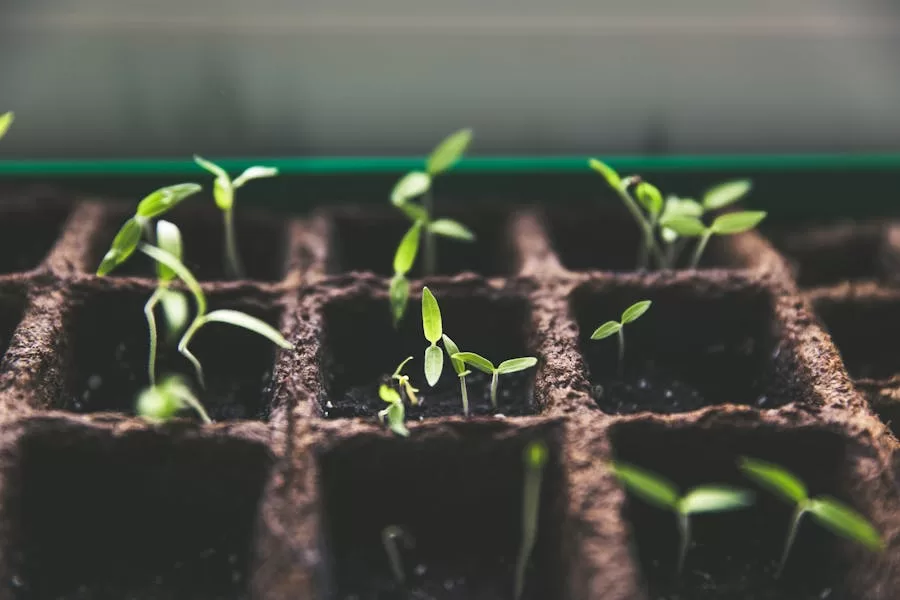Lifestyle
6 Sustainable Practices for a Future-Ready Garden

Gardening is a creative way to connect with nature and to make choices that benefit the planet. Small changes can add up. From reusing materials in clever ways to choosing plants that invite wildlife, your garden can be both beautiful and eco-friendly.
With that in mind, here are a few practical steps anyone can take to achieve long-term benefits in green spaces of all shapes and sizes.
Choosing Recycled or Repurposed Materials for Your Garden
Repurposing materials is a popular option to enhance sustainability in many areas, from construction projects to the retail sector. It’s also a way to add character to your garden while reducing waste.
For starters, you can use old wooden pallets as planters, broken pots for drainage in new ones, or glass jars as lanterns.
Also, instead of buying new plastic items, look for salvaged bricks or reclaimed wood for pathways and borders. You could even use an old bathtub as a quirky raised bed. This approach saves resources and gives items a second life.
Creating a Biodiverse Haven with Native Plants
Native plants thrive in local conditions, needing less water and maintenance. They also attract pollinators like bees, butterflies, and birds, boosting biodiversity right in your backyard.
Choose varieties suited to your area’s soil and climate. Wildflowers or hardy shrubs often work well in this context.
Mix heights and textures for visual appeal while providing shelter for small creatures. To create green corridors, add climbing plants on fences instead of hard barriers, and use metal garden trellises from reputable vendors like H Potter Designs to achieve verticality and aesthetic impact.
Sustainable Water Management Techniques for Everyday Use
Smart water use can save resources without sacrificing a thriving garden. Install rain barrels to collect runoff for irrigation, reducing reliance on tap water. Switching to more efficient fixtures and appliances can also cut waste by 20%, so consider this as well.
Drip irrigation systems deliver water directly to plant roots, minimizing waste. Mulching around plants keeps soil moist longer and prevents evaporation.
Plant drought-resistant species in drier areas of your yard. They need less frequent watering and thrive naturally in tough conditions. Meanwhile, watering early in the morning reduces loss through evaporation during hot hours.
The Role of Composting in Healthy Soil Maintenance
Composting turns kitchen scraps and garden waste into nutrient-rich soil. It reduces landfill contributions while improving your garden’s health.
Add fruit peels, coffee grounds, and yard trimmings to a compost bin or pile. Avoid meat, dairy, or oily foods that attract pests.
Well-composed material enhances soil structure, promotes beneficial microbes, and naturally boosts plant growth. Spread it as a top layer for slow-release nutrients.
Harnessing the Power of Natural Pest Control Methods
Chemical pesticides can harm beneficial insects and disrupt ecosystems. They also lead to pests developing natural resistance, and there are already 253 weeds that are able to withstand this approach. Instead, try natural alternatives for pest management.
Introduce ladybugs or lacewings, which prey on common garden pests like aphids. Plant marigolds, garlic, or basil to repel unwanted insects naturally.
Companion planting is another smart option. Combine plants that support each other’s growth and deter pests. For example, plant tomatoes with basil for mutual benefits. Encourage birds with feeders, as they’ll help control bugs, too.
Energy-Efficient Tools and Technology for Modern Gardening
Modern tools make gardening easier while saving energy. Choose manual or solar-powered equipment instead of gas or electricity-dependent options.
Solar lights brighten pathways without increasing your energy bill. Rechargeable battery-operated trimmers and mowers are quieter, cleaner alternatives to fuel-powered machines.
Smart irrigation systems can monitor soil moisture and weather patterns and adjust water usage automatically. These systems ensure plants get the care they need without wasting water.
The Bottom Line
Sustainable gardening combines creativity with care for the planet. By making eco-conscious choices, you nurture a thriving garden while protecting natural resources.
Small changes, like repurposing materials or conserving water, make a big difference. A greener, healthier future starts right in your backyard with practices that benefit both nature and the community.


















































